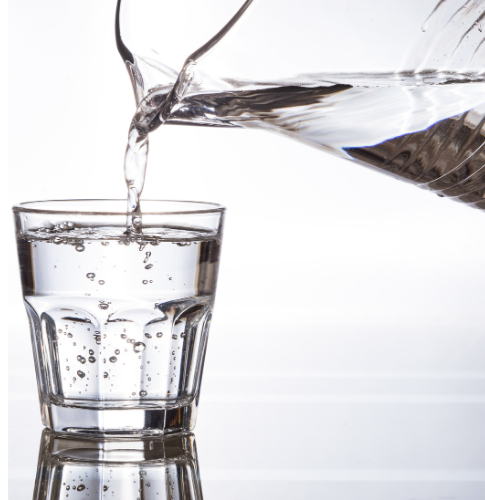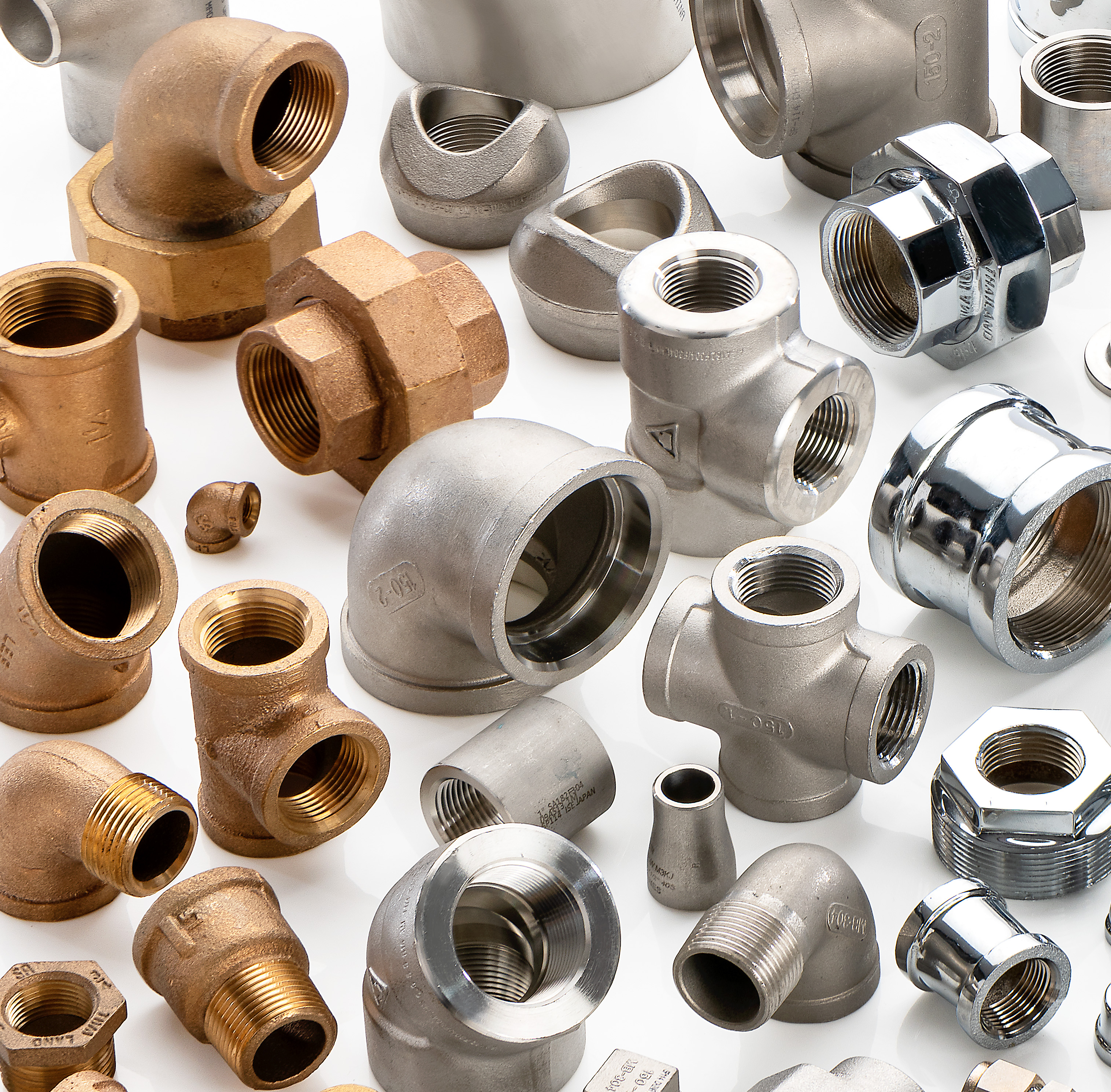In plumbing and piping systems, one of the most important factors affecting product selection are the materials the pipe fittings are produced from. Selecting the right materials for each application is essential to ensure durability, safety, and compliance with industry regulations.
Among the various materials used to manufacture fittings, lead and lead-free copper alloys (bronze and brass) are two of the most common options. In this blog, we will explore the key differences between the lead and lead-free versions of these fittings including the industries that use them.
The main difference between lead and lead-free fittings lies in the composition of the material. Materials that contain lead are leaded fittings. For well over 2,000 years, lead, and other materials, have been added to a base material (copper, steel, etc.); enhancing the flexibility of the base material making it easier to shape and work with.
Materials that contain little to no lead, such as brass and stainless steel alloys, are lead-free fittings. These fittings are safe to use in systems and applications where human health is a concern. Additionally, they comply with the government regulations surrounding the Safe Drinking Water Act (SDWA).

Before strict health regulations were put into place, lead fittings were widely used in many plumbing and piping systems because of their durability and malleability. However, lead can leach into water that people consume or that comes into direct contact with the human body, causing serious, long-term health risks. As a result, the United States has banned leaded fittings in potable water systems.
To eliminate the health risks from lead exposure, lead-free fittings are now the standard in modern plumbing and potable water systems to ensure safe drinking water. Lead-free fittings adhere to the Safe Drinking Water Act (SDWA), which specifies that they contain no more than 0.25% lead by weight in the wetted surface.
NSF/ANSI/CAN 372 is a recognized standard which specifies how materials are verified to comply with the 0.25% lead content. NSF 372 (along with NSF 61) ensures the nation's drinking water supply is safe for consumption by the public.
The materials used in both types of fittings affect their durability and overall performance. Leaded pipe fittings can corrode over time, especially when exposed to water with high acidity or high mineral content. This can cause the lead to break down and may cause the fittings to weaken or corrode.
Lead-free fittings, on the other hand, offer comparable, if not better, durability, providing superior resistance to corrosion and improving overall system longevity. This is because of their material composition. These fittings often provide longer service life in systems exposed to varying environmental conditions, such as high moisture or chemicals. This makes them a more sustainable and reliable choice for many applications.
Lead and lead-free pipe fittings both play vital roles across various industries. Each suited for different applications based on material requirements, safety regulations, and system needs. Understanding where these fittings are used helps wholesale distributors make informed decisions and choose the right product for their customers' project needs. 
Leaded fittings are used in applications where the water is not intended for human consumption such as:
Lead-free fittings are used across a wide range of applications where water safety is paramount including:

When choosing lead-free fittings, there are three alloys that stand out: Stainless Steel, Lead-Free Brass, and Chrome-Plated Lead-Free Brass.
In conclusion, lead and lead-free pipe fittings each have unique characteristics, applications, and benefits. Understanding the differences and offering both types of fittings ensures wholesale distributors can meet the diverse needs of their customers.
Authors: Hedy Hemlick, Marketing Coordinator and Marcus Estrella, Director of Product Line Management
Q: How much lead is considered lead-free?
A: According to the Safe Drinking Water Act (SDWA), lead-free is defined as a weighted average of 0.25% lead in the wetted surfaces of plumbing fixtures, pipe, and fittings.
Q: Can stainless steel be used as an alternative lead-free solution?
A: Yes. Explore some of Merit’s products that are lead-free on MBWebXpress.
Sources:
Use of Lead Free Pipes, Fittings, Fixtures, Solder, and Flux for Drinking Water | US EPA
Safe Drinking Water Act Requirements | NSF
"Lead Free" Drinking Water: Regulations and NSF/ANSI 372 - ANSI Blog
7/14/2025 7:03:04 AM